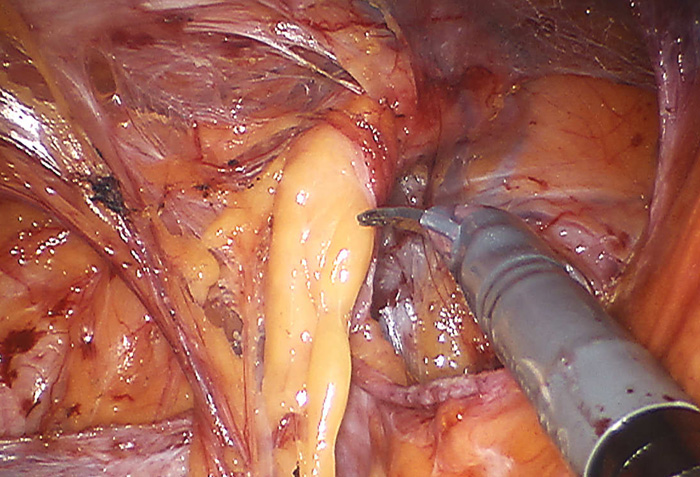Types of Abdominal Wall hernia
There are many types of abdominal wall hernias:
1.INGUINAL HERNIA
This is the most common type of hernias and occurs in the groin region above the inguinal ligament. It can be congenital or acquired. It happens in both men and women, but is more common in men. It is classified to DIRECT or INDIRECT inguinal hernia depending on the location of the defect in the groin region. However the hernia repair surgical treatment is the same.
2.FEMORAL HERNIA
This is more common in the female and occurs in the groin region below the inguinal ligament and medial to the femoral vessels. Any kind of hernia should be consult with a hernia specialist for an accurate diagnostic.
3.VENTRAL and/or INCISIONAL HERNIA
This is a defect in any other region of abdominal wall which could be congenital (such as Umbilical and Epigastric hernia)or acquired (such as Incisional hernia and sports hernia). Incisional hernia could happen after any type of surgical incision in the abdominal wall and sports hernia could happen after traumatic injury to the abdominal wall.
4.OTHER RARE HERNIAS - SPIGELIAN HERNIA
A Spigelian hernia is a very rare type of ventral abdominal wall hernia. They occur below the umbilicus in a specific area known as the Spieghel’s semilunar line, through the Spieghel’s fascia. This hernia is very difficult to diagnose since it works its way in between the muscle layers of the abdominal wall and does not surface just below the skin.
5.LUMBAR HERNIA:
Lumbar hernia or hernia of the lower back can be congenital, spontaneous, or traumatic in nature. It can occur in two anatomic places in the lower back. The first is Grynfeltt’s lumbar triangle (superior/upper location) and the second is Petit’s lumbar triangle (inferior/lower location). This hernia will occur either at the edge of the latissimus dorsi muscle where it inserts with the external oblique muscle at the iliac crest bone or just underneath this muscle where the 12th rib intersects with the internal oblique muscle.
6.PELVIC HERNIA:
These types of hernias are very rare but can occur through one of three potential spaces in the pelvic floor (or perineum). These hernias usually occur in older malnourished women. The most well-known of these hernia types is the obturator hernia. It occurs through a space known as the obturator canal. Herniated tissue or organ into this canal places pressure on the obturator nerve that runs in the same space causing pain in the region of the hip, knee and inner aspect of the thigh. This pain is known as the Howship-Romberg sign. This hernia can be diagnosed by a palpable mass on rectal or pelvic exam in the area of the medial thigh.
If you are having abdominal pain and would like to make an appointment with Dr Iraniha hernia Specialist at the Orange County Surgical Center please follow the links or call his office at 949-646-8444. Thank you.

Need to schedule a consultation with Dr. Iraniha?
Click on the Contact Us button to start the consultation schedule. Thank you!

[…] and discomfort, especially during activity and exercise and found to have a giant right scrotal inguinal hernia. This video demonstrates the challenging dissection and reduction of the giant scrotal inguinal […]
[…] Abdominal wall hernias a. Inguinal hernia (located in the groin region) I.Indirect inguinal hernia (the most common hernia in female, mostly […]